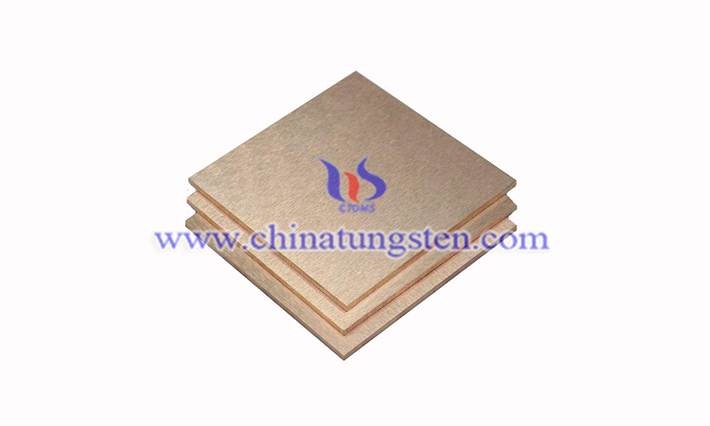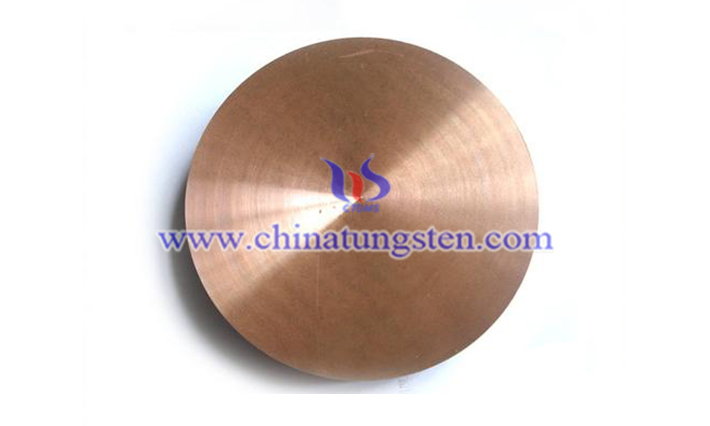Influence of Copper Content on Tungsten Copper Density
- Details
- Category: Tungsten Information
- Published on Wednesday, 07 April 2021 14:18
The copper content of the tungsten copper alloy produced by the pressureless sintering process has a concentration gradient change in the product, which will influence on tungsten copper density directly.

From the inside to the outside of the product, the content of copper is increasing, and the most central part of the product has the lowest Cu content, and the holes formed by the passage of copper are also the most serious part. The larger the size of the product, the copper loss in the center part will be particularly serious, even close to the color of tungsten. These phenomena indicate that the loss of copper on the surface of the product has produced a driving force for the flow of copper, resulting in uneven composition in the product. The loss of copper increases the content of tungsten in the actual sintered product. Therefore, if the density is calculated using tungsten before sintering, the product data obtained will be biased. At this time, the calculated density is higher. If the temperature and holding time exceed a certain level, the loss of copper will be serious, and the relative density of the product will even exceed 100%.

When the temperature is too high and the high temperature holding time is too long, holes will be formed in the product after the copper is lost. If the relative density of the product is measured by the Archimedes drainage method after vacuum grease is used to seal the surface of the product, the measured data will decrease instead. This is because when the copper evaporates, the product will shrink to a certain extent, but if the product shrinks to a certain degree, it is difficult to shrink further. At this time, if the copper evaporates further, a large number of holes will be left in the material. The relative density of the material is reduced.
Therefore, the loss of Cu content has a greater impact on the density of tungsten copper products.
- Tungsten Copper Manufacturer & Supplier, Chinatungsten Online: tungsten-copper.com
- Tungsten News & Prices of China Tungsten Industry Association: www.ctia.com.cn
- Molybdenum News & Price: news.molybdenum.com.cn
- Tel.: 86 592 5129696; Fax: 86 592 5129797; Email: sales@chinatungsten.com



 sales@chinatungsten.com
sales@chinatungsten.com